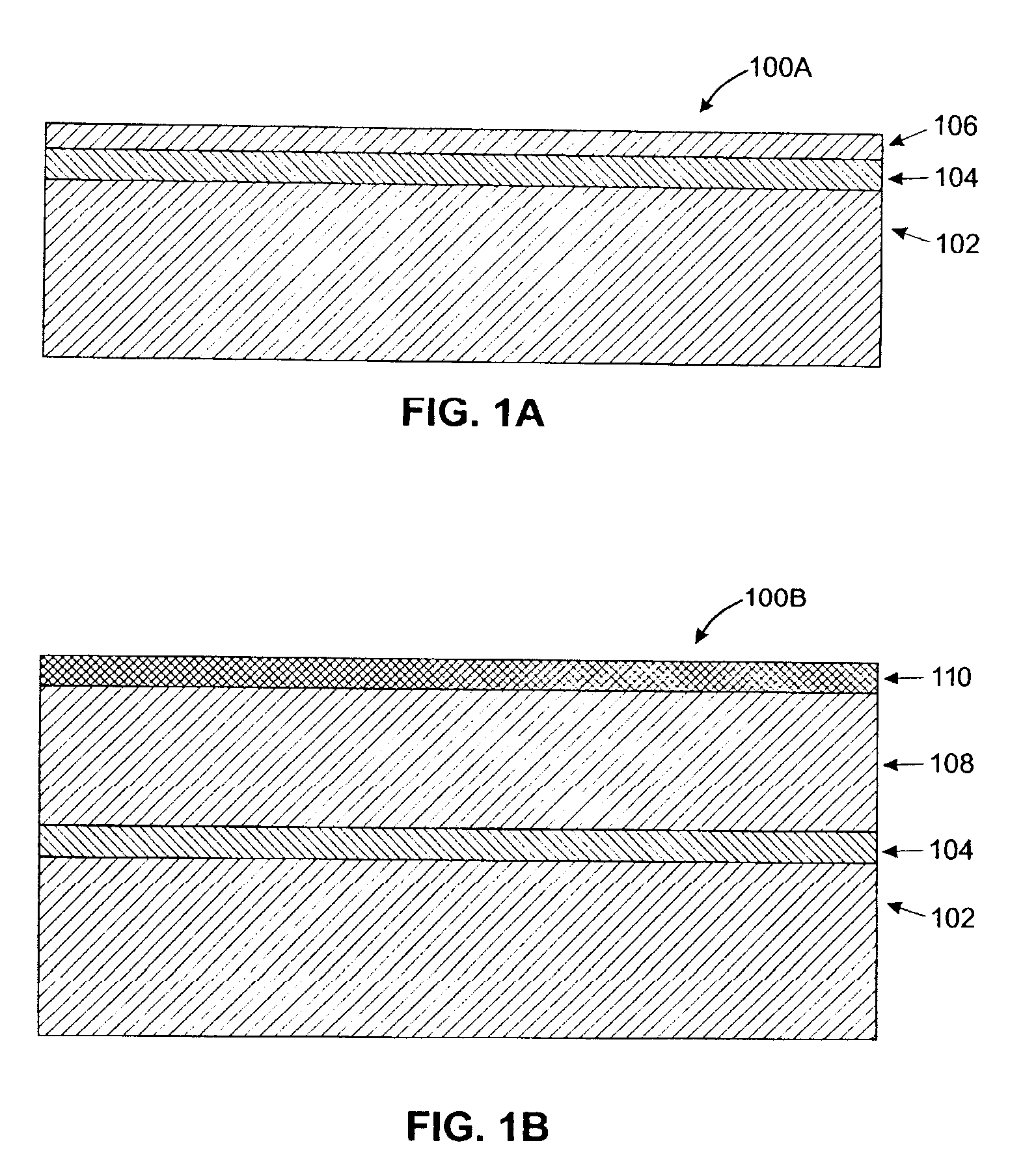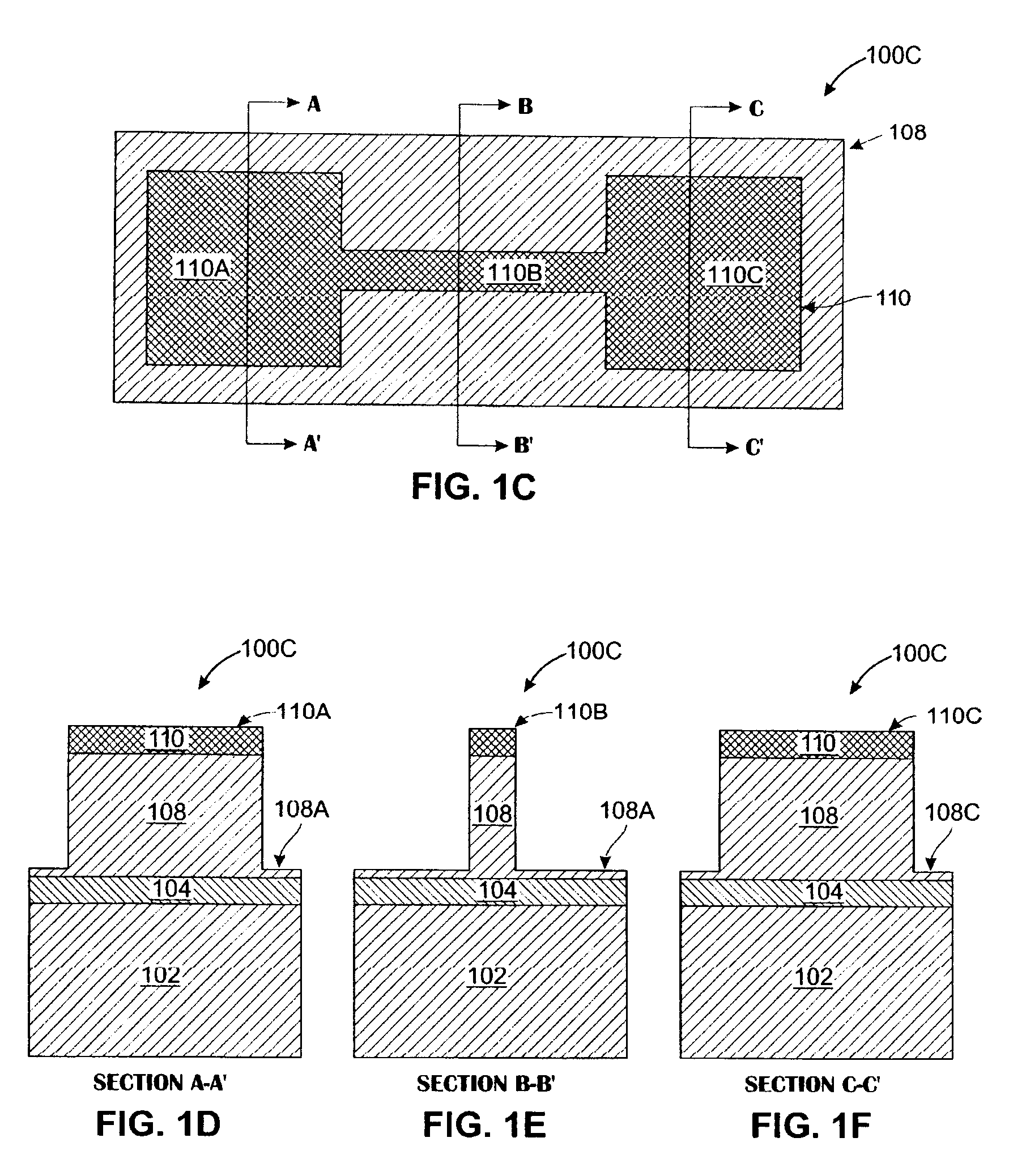Single crystal fuse on air in bulk silicon
a technology of fuse elements and silicon, applied in the direction of semiconductor devices, semiconductor/solid-state device details, resistors, etc., can solve the problems of sensitive transistor gate stacks at risk of damage, electronic systems often require functions to be enabled, disabled or modified, and fuse blowing may sometimes be unreliable, so as to improve the programming speed of integrated fuse devices and improve the temperature gradient
- Summary
- Abstract
- Description
- Claims
- Application Information
AI Technical Summary
Benefits of technology
Problems solved by technology
Method used
Image
Examples
Embodiment Construction
[0063]The present inventive technique creates a “floating beam” eFUSE structure whereby a air gap or air gap is created under a fusible portion of an eFUSE. Typically air fills the space, but it could be just any suitable / convenient gaseous (or vacuum) environment. For example, “undercutting” techniques may be employed whereby a structure is formed atop a buried layer, and that buried layer is removed by selective etching. In-process mechanical support for the floating beam can be provided either by creating a surrounding buttressing support structure or by controlling the selective etch process such that some areas are not fully undercut, leaving supporting “pillars” behind. In either case, a “floating” silicide eFUSE conductor is formed on a silicon beam structure. In its initial state, the eFUSE silicide is highly conductive, exhibiting low electrical resistance (the “unblown state of the eFUSE). When a sufficiently large current is passed through the eFUSE conductor, localized h...
PUM
 Login to View More
Login to View More Abstract
Description
Claims
Application Information
 Login to View More
Login to View More - R&D
- Intellectual Property
- Life Sciences
- Materials
- Tech Scout
- Unparalleled Data Quality
- Higher Quality Content
- 60% Fewer Hallucinations
Browse by: Latest US Patents, China's latest patents, Technical Efficacy Thesaurus, Application Domain, Technology Topic, Popular Technical Reports.
© 2025 PatSnap. All rights reserved.Legal|Privacy policy|Modern Slavery Act Transparency Statement|Sitemap|About US| Contact US: help@patsnap.com



